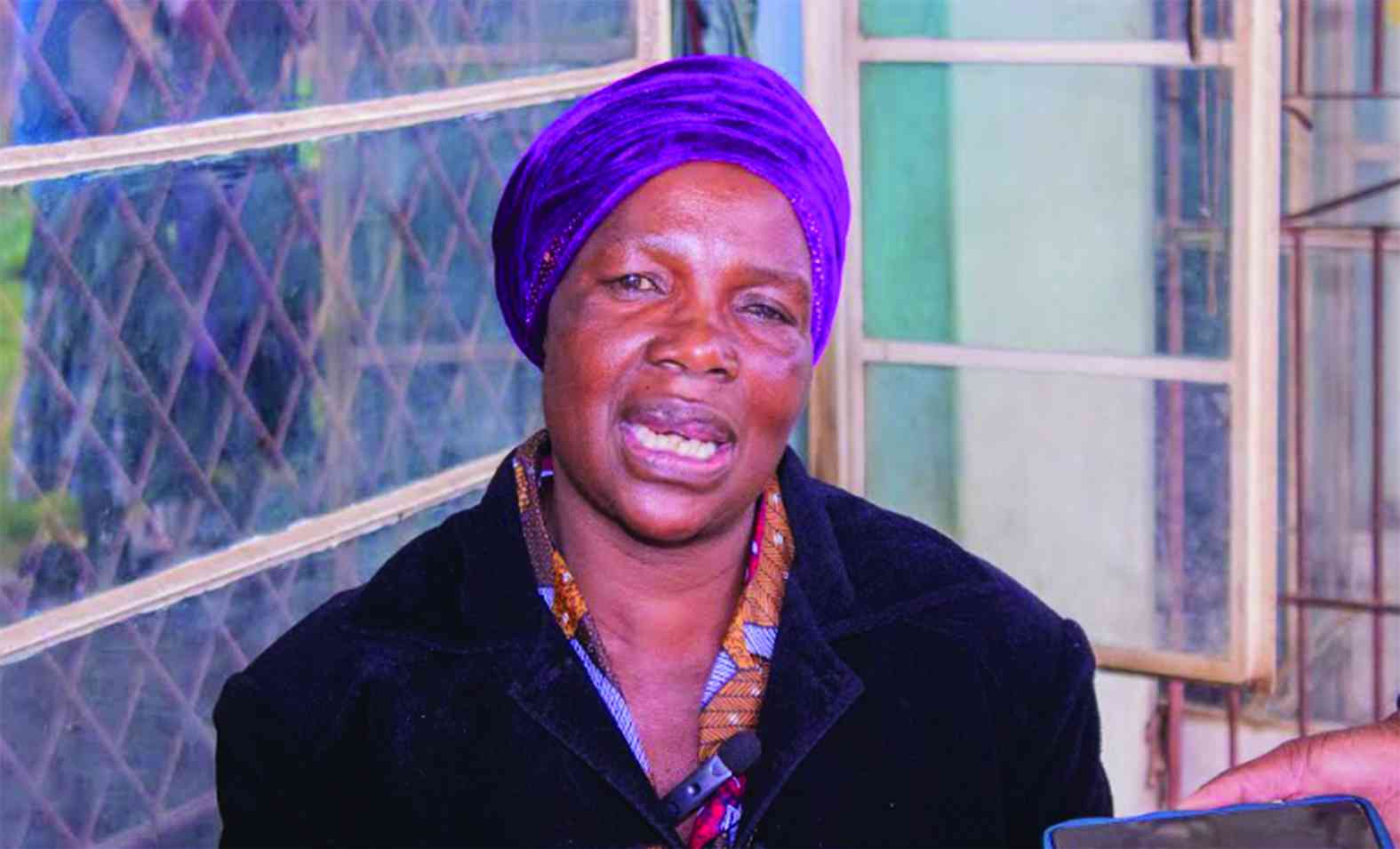
NEWS of a fall in the price of fertiliser could not have come at a better time as farmers prepare for the 2024/25 agricultural season.
Forecasts show that Zimbabwe will receive normal to above normal rainfall after the previous season which was affected by an El Niño-induced drought that impacted the bulk of southern African countries.
President Emmerson Mnangagwa declared the El Niño-induced drought as a state of national disaster, extending a begging bowl to raise US$3 billion to avert hunger, with statistics showing that more than half of the population will be food insecure during the lean season.
Lands and Agriculture ministry secretary Obert Jiri said this week the price of fertiliser had dropped to US$600 per tonne from a peak of US$1 600 at the start of the Russia-Ukraine war two years ago.
He also said local measures to ramp up production, coupled with imports, helped to reduce the price.
Fertiliser constitutes the biggest chunk of the costs of production for farmers and its availability will obviously stabilise the cost of the commodity.
Of late, fertiliser, especially ammonium nitrate (top dressing fertiliser), has been in short supply since the start of the Russia-Ukraine war.
The product was being sold on the informal market at higher prices, making production of the staple crop, maize, expensive.
- Mavhunga puts DeMbare into Chibuku quarterfinals
- Bulls to charge into Zimbabwe gold stocks
- Ndiraya concerned as goals dry up
- Letters: How solar power is transforming African farms
Keep Reading
The situation was compounded by the producer price, although it is higher than the international market price, it trails retooling costs.
The country needs to hit the ground running in terms of preparations for the summer season if we are to capitalise on the normal to above normal rains expected this year and achieve food security after a devastating 2023/24 season.
Given the lesson from the Russia-Ukraine war disruptions, government must scale up plans to localise fertiliser production if we are to come out of the woods.
Two years ago, then Industry and Commerce minister Sekai Nzenza presented a report to Cabinet on the localisation of the fertiliser value chain.
Cabinet said it was accelerating the five-year fertiliser import substitution roadmap (2020-2024) to boost local production of phosphates and ammonium nitrate and reduce fertiliser imports.
In a post-Cabinet briefing, government said the Industrial Development Corporation of Zimbabwe had invested in the local fertiliser value chain, from extraction of phosphates to the granulation of basal fertilisers.
The company is modernising operations at its subsidiaries Dorowa Minerals and Zimphos in order to increase production, it said.
Cabinet noted that the fertiliser production sector plays a critical role in ensuring successful agricultural production, the bedrock of the economy and government was looking at ways of recapitalising the sector, including through “listing on the stock exchange in order to attract suitable investors”.
The country has an annual national demand of 350 000 metric tonnes of phosphates and 250 000 metric tonnes of ammonium nitrate.
The El Niño-induced drought showed that it is difficult to mobilise resources from co-operating partners and donors when the world is facing multiple crises that require equal attention.
Seed producers have already said they have adequate stocks for the upcoming season and with a drop in the price of fertiliser and better planning, the country has a bumper harvest to lose.











